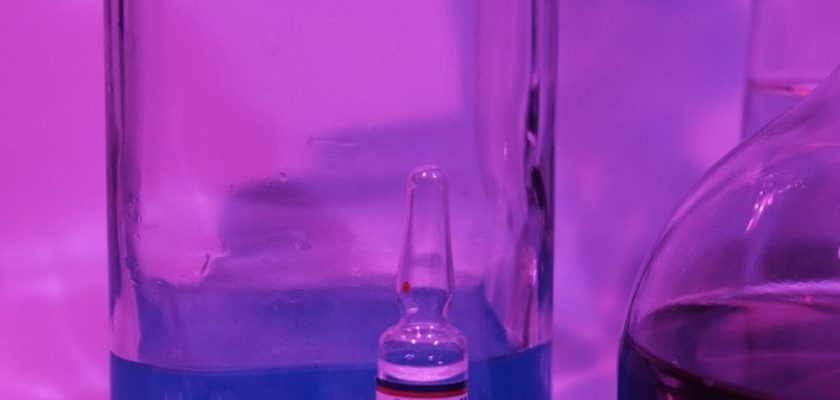Ultraviolet (UV) disinfection has emerged as a powerful tool in the realm of water treatment due to its effectiveness in eliminating harmful microorganisms. By utilizing UV light, water treatment facilities can efficiently and safely remove bacteria, viruses, and other pathogens from water sources. This technology offers a chemical-free and environmentally friendly approach to disinfection, making it an increasingly popular choice for ensuring clean and safe drinking water. Let’s delve into how UV disinfection can be utilized in water treatment processes.
**Understanding Ultraviolet Disinfection**
UV disinfection works by utilizing UV light with a specific wavelength to target the DNA of microorganisms, disrupting their ability to reproduce and rendering them harmless. This process effectively deactivates bacteria, viruses, and protozoa present in water sources, providing a reliable method for ensuring water safety without the use of chemicals.
**Applications in Water Treatment**
One of the key applications of UV disinfection in water treatment is in the disinfection of drinking water. UV technology can be integrated into water treatment plants to provide an additional layer of protection against waterborne pathogens, ensuring that the water delivered to households is safe for consumption. Additionally, UV disinfection can be used in wastewater treatment processes to eliminate harmful microorganisms before the treated water is discharged back into the environment.
**Advantages of UV Disinfection**
UV disinfection offers several advantages over traditional chemical disinfection methods. Unlike chlorine or ozone treatment, UV disinfection does not introduce any chemicals into the water supply, eliminating the need for handling and storing potentially hazardous substances. Furthermore, UV treatment does not alter the taste, odor, or pH of the water, ensuring that the quality of the treated water remains high.
**Challenges and Considerations**
While UV disinfection is a highly effective method for water treatment, there are certain challenges and considerations to keep in mind. Proper maintenance and monitoring of UV systems are essential to ensure optimal performance. Additionally, factors such as water quality, flow rate, and UV dose must be carefully considered to achieve the desired level of disinfection.
**Future Outlook**
As concerns about waterborne diseases and emerging pathogens continue to grow, the demand for effective water treatment solutions is on the rise. UV disinfection technology is positioned to play a significant role in meeting this demand, offering a sustainable and efficient method for ensuring water safety. Continued research and advancements in UV technology are likely to further enhance its capabilities and make it an indispensable tool in the field of water treatment.
**In Summary**
Ultraviolet disinfection presents a promising solution for water treatment, offering a safe, chemical-free, and environmentally friendly way to eliminate harmful microorganisms from water sources. By harnessing the power of UV light, water treatment facilities can ensure that the water delivered to consumers is free from pathogens, providing a crucial safeguard for public health. With ongoing developments in UV technology, the future looks bright for the widespread adoption of UV disinfection in water treatment processes.

